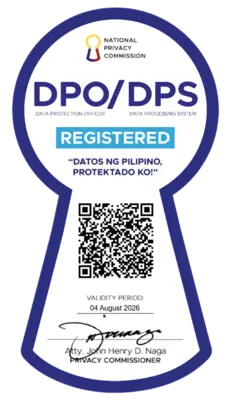ADVERTISEMENT
Filtered By: Scitech
SciTech
What is white phosphorus, and why did it take long for AFP to use in Mamasapano?
By TJ DIMACALI, GMA News
Why did it take so long for the Armed Forces of the Philippines to deploy a white phosphorus smoke screen that could have saved the lives of more members of the Philippine National Police-Special Action Force during the Mamasapano clash?
That has been the question from several senators over the last couple of days of the Senate probe on the encounter that claimed the lives of 44 elite commandos.
White phosphorus is a chemical that spontaneously ignites when exposed to air, emitting smoke accompanied by an acrid smell. Because of these properties, the chemical is commonly used by military forces as a smoke screen to help disorient enemies and to limit the latter's vision.
That has been the question from several senators over the last couple of days of the Senate probe on the encounter that claimed the lives of 44 elite commandos.
White phosphorus is a chemical that spontaneously ignites when exposed to air, emitting smoke accompanied by an acrid smell. Because of these properties, the chemical is commonly used by military forces as a smoke screen to help disorient enemies and to limit the latter's vision.
This is the reason why the delayed deployment of white phosphorus at the Mamasapano clash was a crucial point: the chemical could have been used early on to provide cover under which the PNP Special Action Forces could move to safety.
However, the use of white phosphorus as a smoke screen is a double-edged sword: it can cause immediate burns on contact with skin or eyes, and there is no control over where the wind may take it.
The AFP, therefore, could not just fire white phosphorus, because there was a chance that friendly forces could be inadvertently affected by the toxic fumes.
"There is a protocol before you fire white phosphorus or white ammo. First you must know the exact location of friendly forces," AFP Chief of Staff Gregorio Catapang Jr. told Sen. Franklin Drilon at Tuesday's Senate hearing.
Although the use of white phosphorus in warfare is not illegal under international laws, its use is restricted to outside civilian areas. However, its uncontrollable nature has prompted calls to stop its use.
Due to the high number of civilian casualties from white phosphorus exposure, the Israel Defense Force phased out its use in the Gaza conflict in 2013. — JST, GMA News
More Videos
Most Popular




